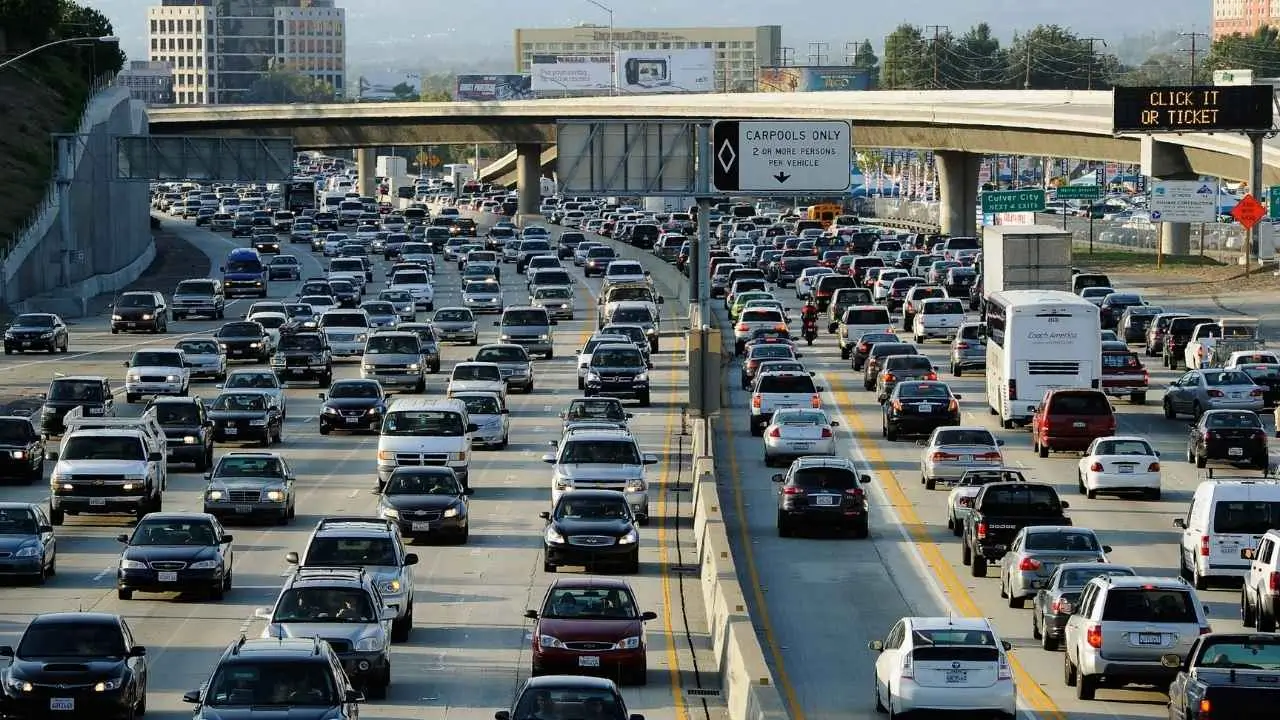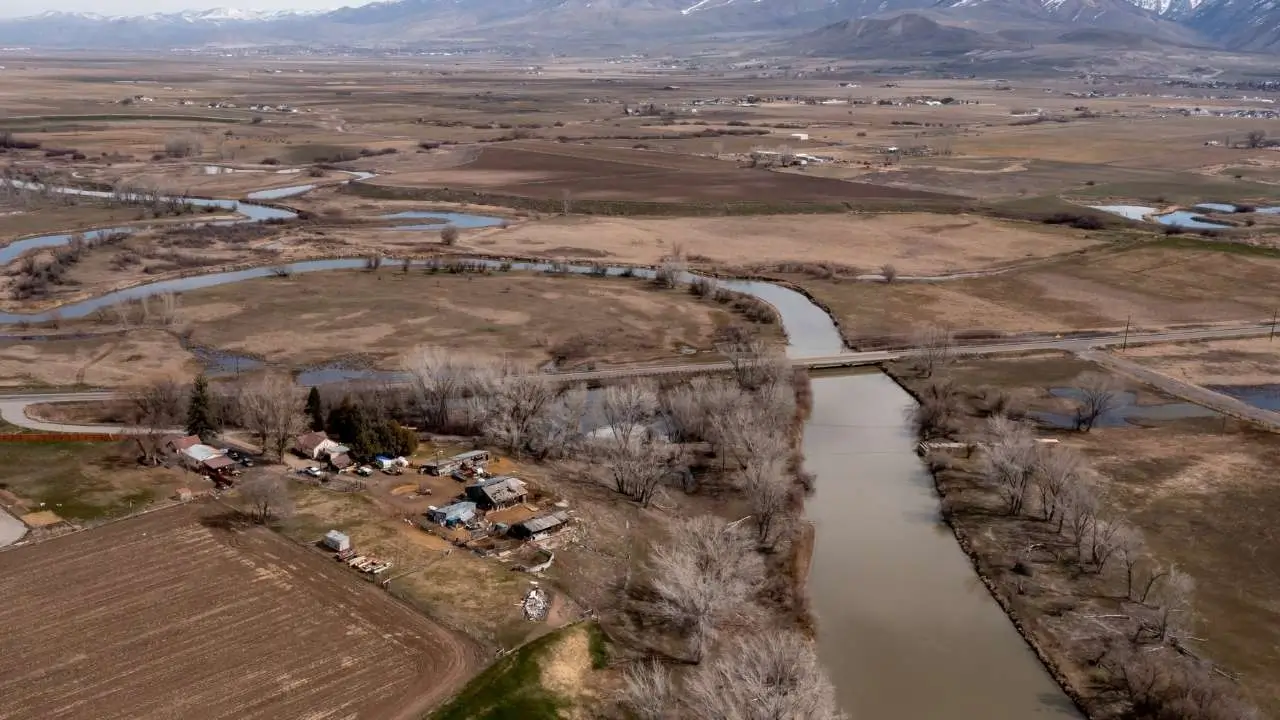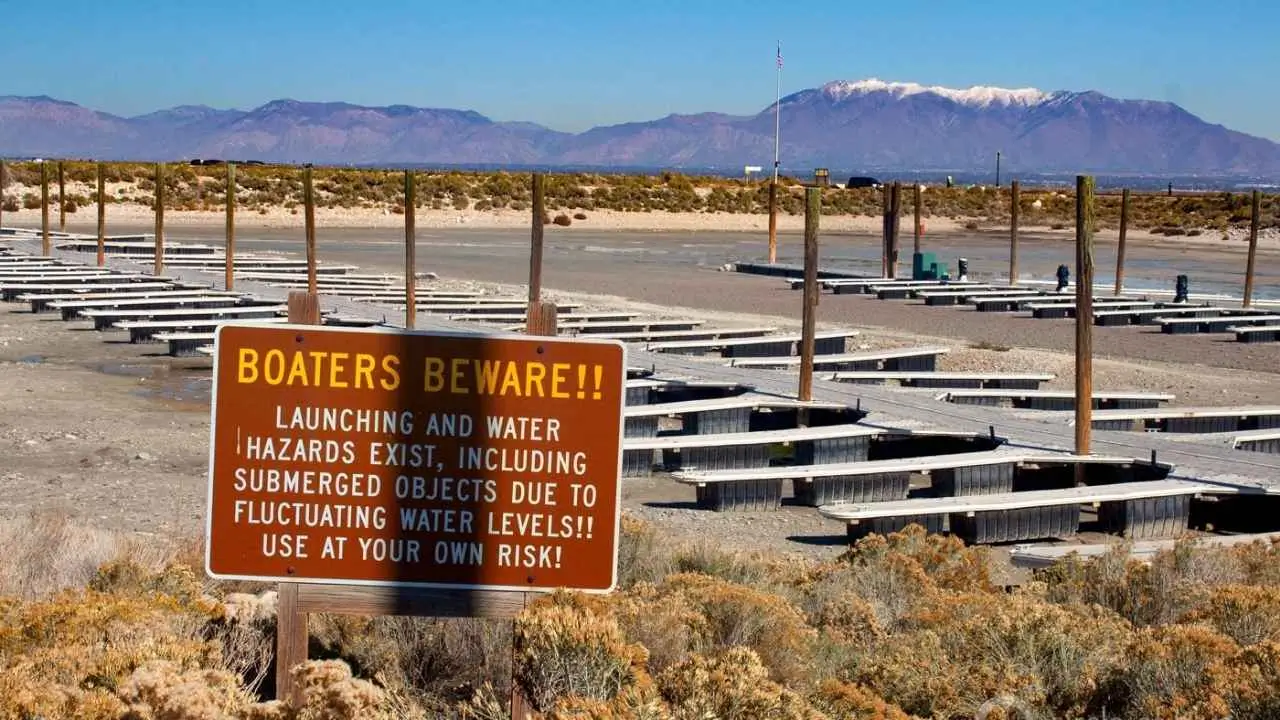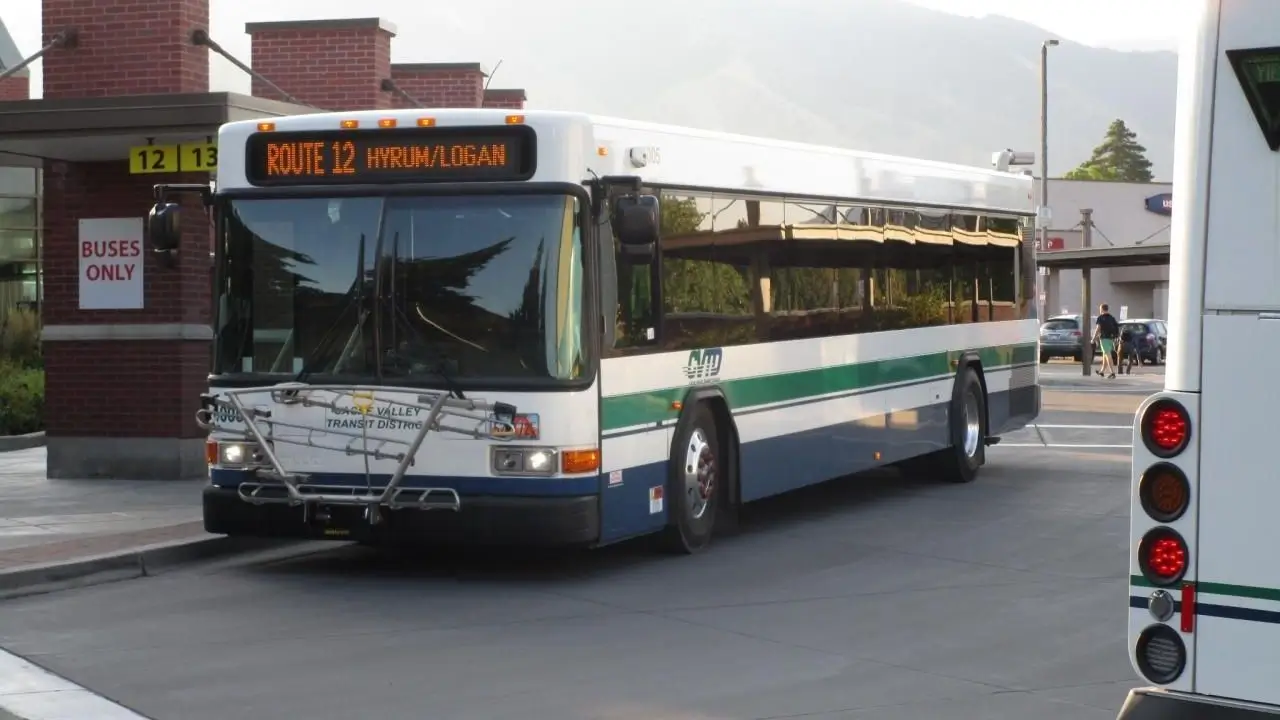Cache County, Utah, is experiencing rapid growth as new subdivisions emerge across the region, fueled by increasing demand for residential properties. However, the expansion comes with significant infrastructure costs—roads, utilities, and essential services—that are vital to supporting these developments. Who ultimately bears the financial burden for these improvements? This article explores the true costs of infrastructure in Cache County’s new subdivisions and examines the challenges that come with funding long-term growth.
The rapid growth of Cache County presents both opportunities and challenges. While the expansion of new subdivisions can drive economic growth and provide much-needed housing, it also places significant pressure on the county’s infrastructure. As the county continues to grow, local officials, developers, and residents must work together to ensure that infrastructure costs are shared fairly and that sustainable solutions are found for the future.
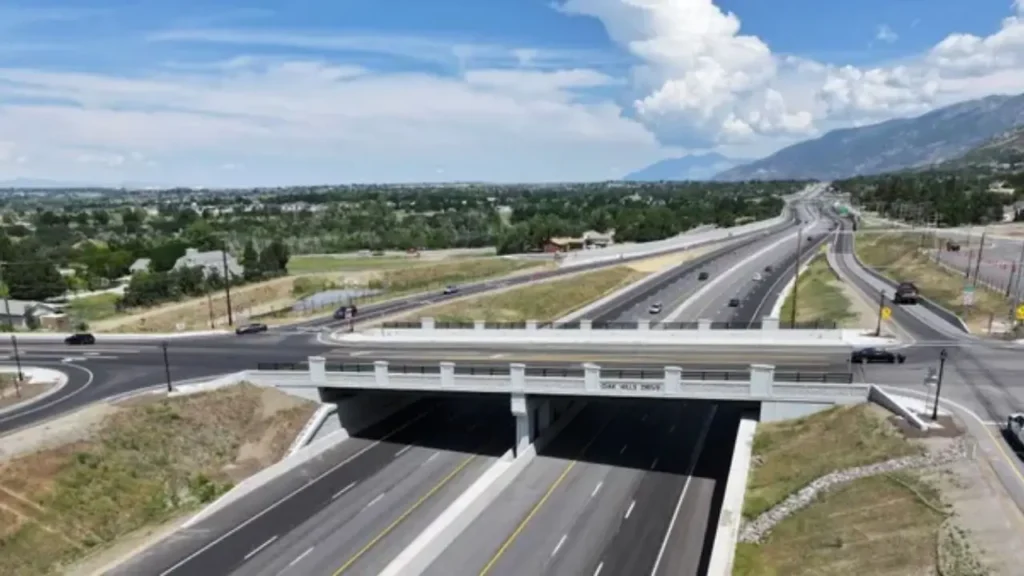
As the county grapples with these challenges, it remains to be seen how it will balance the needs of a growing population with the financial realities of maintaining a modern, functional infrastructure. The coming years will require careful planning, innovation, and collaboration to ensure that Cache County can continue to thrive without compromising the quality of life for its residents.
The Surge in Subdivision Development
Cache County, nestled in the northern part of Utah, is no stranger to growth. Over the past decade, the county has experienced a population increase of approximately 15%. This influx of new residents has created a surge in demand for housing, particularly in suburban areas such as North Logan, Millville, and Providence. As a result, the county has seen a proliferation of new residential subdivisions designed to meet this demand.
While the construction of new homes can provide significant economic benefits, including job creation and increased local revenue, it also presents challenges. One of the most critical is the cost of the necessary infrastructure. For these new subdivisions to be livable, they require roads, sewer systems, water lines, electrical grids, and other utilities. But the financial responsibility for these projects is often shared between developers, local governments, and, ultimately, taxpayers.
Who Pays for Roads and Utilities?
The construction of infrastructure is one of the most significant expenses developers face when planning new subdivisions. Developers are typically required to install roads, sidewalks, and basic utilities as part of their projects, but the costs can be staggering. According to the Cache County Planning Department, building a single mile of road in a residential area can cost upwards of $1 million, depending on factors like terrain, materials, and required utilities.
Once the infrastructure is built, the responsibility for its maintenance falls to the local government. This includes not just the upkeep of the roads, but also the continued operation and maintenance of utilities such as water systems, sewer networks, and streetlights. The county is tasked with ensuring that these systems continue to function efficiently over time.
Brian T. Jensen, a senior planner at the Cache County Planning Department, emphasizes that while developers cover the initial costs, maintaining these systems for decades to come is a significant financial responsibility for local governments. “The reality is that once the homes are sold and occupied, the responsibility for the roads and utilities shifts to the county,” Jensen says. “This means that taxpayers will likely shoulder the long-term costs of maintaining these systems.”
This shift in responsibility has raised concerns among local officials, especially given the county’s limited budget. With the increasing number of subdivisions being developed, maintaining the necessary infrastructure without overburdening taxpayers is becoming a growing challenge.
Rising Costs and Their Impact on Property Taxes
In Cache County, as in many other fast-growing regions, the maintenance of infrastructure typically falls on local governments, which often fund these costs through property taxes. While developers pay for the initial installation, the county must cover ongoing expenses, including road repairs, utility upgrades, and other essential services. These costs are often passed on to homeowners in the form of higher property taxes.
A report from the Cache County Finance Office indicates that the annual maintenance of roads and utilities for new subdivisions can cost millions of dollars. For instance, the cost of repairing roads alone can amount to several hundred thousand dollars annually. As more subdivisions are developed, the county faces a mounting challenge to fund these essential services.
To cope with these financial pressures, Cache County officials have been exploring several strategies, including increasing property taxes, implementing impact fees, and seeking external funding sources such as state and federal grants. Property taxes, however, are not a perfect solution, as they can place a disproportionate burden on existing homeowners, particularly those in older neighborhoods.
Jensen notes that while property taxes are a necessary tool for funding infrastructure, there is a fine line between generating enough revenue to maintain services and overburdening residents. “It’s a delicate balance. We don’t want to price out the very people who have made Cache County their home,” he explains.
The Cost of Building New Infrastructure
The cost of building infrastructure for new subdivisions can vary depending on the size of the development, the location, and the complexity of the infrastructure needed. Roads alone can account for a significant portion of the budget, with a single mile of roadway costing up to $1 million to construct. Additionally, the installation of water and sewer lines, electrical systems, and streetlights can add hundreds of thousands of dollars to the total cost of a project.
For larger developments, these costs can quickly escalate. A new subdivision with several hundred homes may require the construction of multiple miles of roads and the installation of complex utility systems. In some cases, the costs of these projects can exceed the ability of developers to cover them, leading to negotiations with local governments to share the financial burden.
The challenge is not just in the construction, but also in the long-term maintenance of these systems. Roads degrade over time due to wear and tear, and utility systems require periodic upgrades to meet the needs of a growing population. As the county grows, the financial demands of maintaining these systems become even greater.
Public-Private Partnerships: A Potential Solution?
In response to these mounting infrastructure costs, some local governments are exploring public-private partnerships (PPPs) as a way to share the financial burden. A public-private partnership involves collaboration between a private developer and the government, where both parties contribute resources to fund infrastructure projects. Under these arrangements, developers may agree to pay for the upfront construction of infrastructure, while the local government may assist with long-term maintenance or offer financial incentives.
One example of this approach is the use of impact fees, which are charged to developers to help cover the costs of infrastructure. These fees are typically assessed based on the number of homes being built, with developers required to contribute to the construction or upgrade of roads, utilities, and other necessary systems. Impact fees can help offset the financial burden on taxpayers and ensure that developers contribute to the costs associated with new developments.
While public-private partnerships and impact fees can help alleviate some of the financial strain, they are not without their challenges. Developers may be resistant to paying high fees, arguing that they could make housing less affordable. Additionally, local governments must carefully balance the need for infrastructure funding with the risk of pricing out potential residents.
Behind the Scenes of Cache Valley’s New Public Transit Vision
Long-Term Sustainability: Planning for Future Growth
As Cache County continues to expand, long-term sustainability will be a key consideration. The county’s population is projected to continue growing, which means the demand for housing and infrastructure will only increase. To manage this growth effectively, local officials must prioritize strategic planning and invest in sustainable infrastructure solutions that can accommodate future needs.
One such solution is the adoption of more efficient construction methods, such as the use of modular or prefabricated materials, which can reduce the cost and time required to build infrastructure. Additionally, adopting energy-efficient technologies and renewable energy sources can help reduce long-term utility costs for residents and local governments alike.
Jensen emphasizes that careful planning is crucial to ensuring that growth remains manageable. “We need to make sure that the infrastructure we build today is capable of handling the demands of tomorrow. It’s not just about keeping up with the growth; it’s about anticipating the future needs of the community,” he says.


